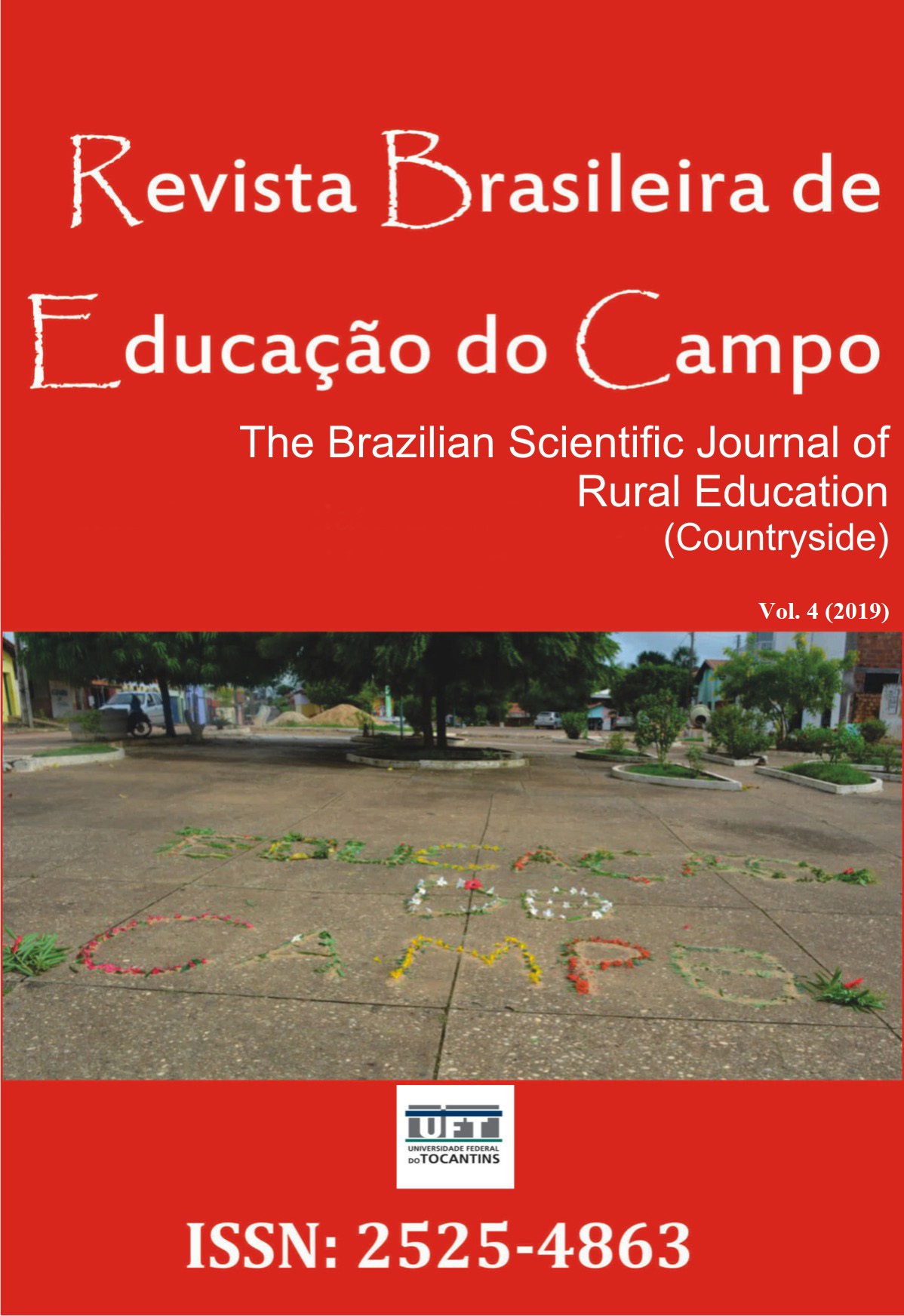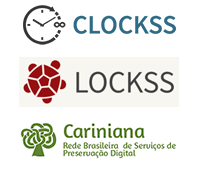Chico Bento and the social representations of childhood
DOI:
https://doi.org/10.20873/uft.rbec.v4e6446Schlagworte:
Children and Peasantry Childhood, Cultural ProductionAbstract
ABSTRACT. The visual records, and the discourses they transmit, or that emit them, generate social readings and contribute to the construction of a collective imaginary. This article proposes to accomplish a reflection about the imaginary in function of the subjects who live in the countryside, more specifically children and rural children, through one of the main symbols of representation of the Brazilian peasant child, the character of Chico Bento, created by the cartoonist Mauricio de Sousa. It is observed that this visual production, produced in the urban context and addressed especially to the inhabitants of the city, often (re)produces discourses about the peasantry and its subject and its subjects permeated by stereotypes and prejudices. In this case, it is considered that the imagistic cultural production has great relevance in the construction of the look and the social reading that is directed to it.
Downloads
Veröffentlicht
Zitationsvorschlag
Ausgabe
Rubrik
Lizenz
Creative Commons Attribution License
Creative Commons Attribution License
Proposal for Copyright Notice Creative Commons
1. Policy Proposal to Open Access Journals
Authors who publish with this journal agree to the following terms:
A. Authors retain copyright and grant the journal right of first publication with the work simultaneously licensed under the Creative Commons Attribution License that allows sharing the work with recognition of its initial publication in this journal.
B. Authors are able to take on additional contracts separately, non-exclusive distribution of the version of the paper published in this journal (ex .: publish in institutional repository or as a book), with an acknowledgment of its initial publication in this journal.
C. Authors are permitted and encouraged to post their work online (eg .: in institutional repositories or on their website) at any point before or during the editorial process, as it can lead to productive exchanges, as well as increase the impact and the citation of published work (See the Effect of Open Access).














